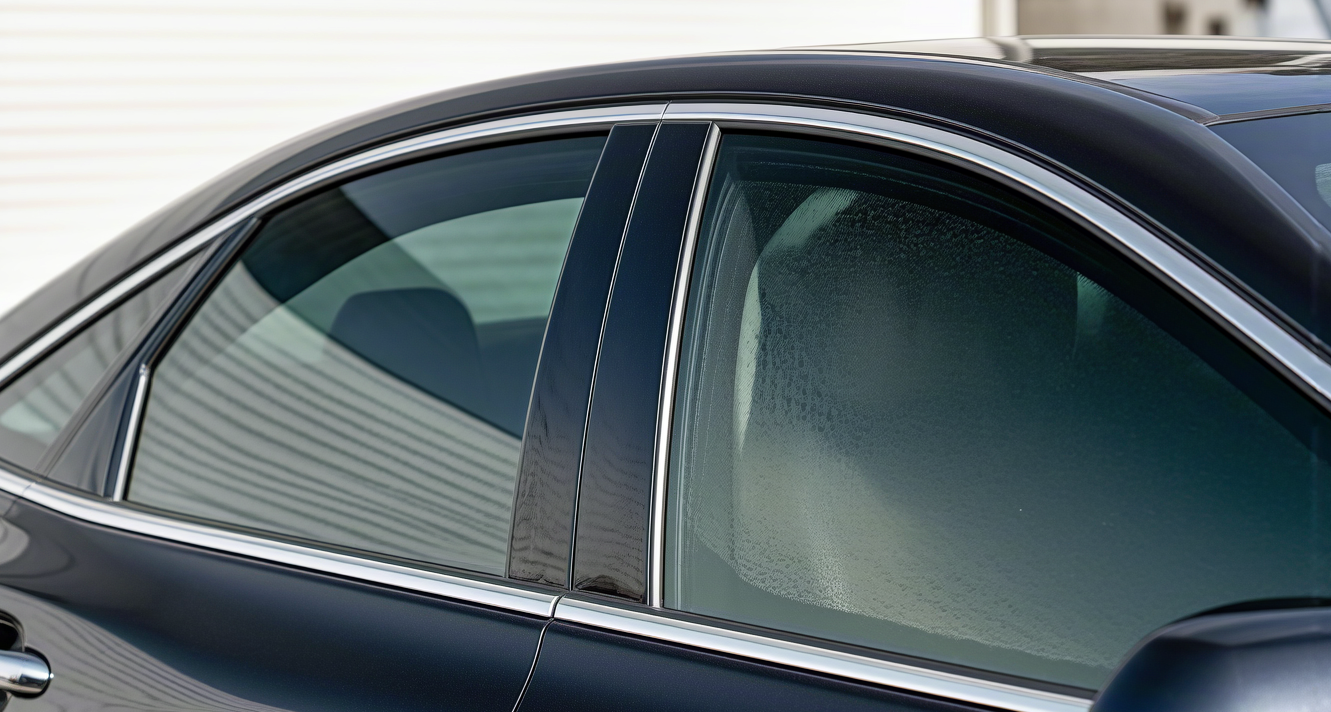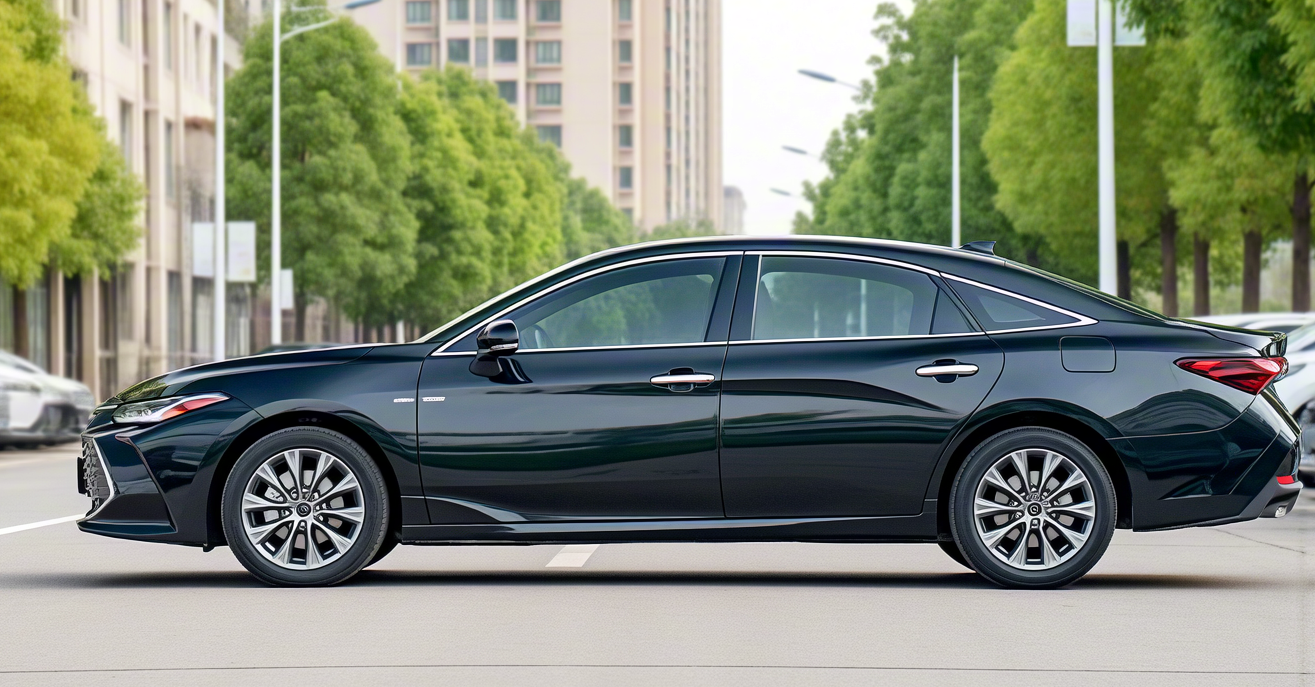

Have you ever been puzzled: You installed window film expecting a cooler interior, only to find the glass itself feels hotter to the touch? This “counterintuitive” phenomenon often raises doubts about the film’s effectiveness. Don’t worry—hotter glass isn’t just normal; it’s direct evidence your film is working efficiently! This article explains the science behind this effect and how to scientifically verify your film’s performance.
1.How Window Films Cool: Blocking Heat, Not Eliminating It
Window films combat solar heat through two core mechanisms:
Key Data: High-performance films block 50%-80% of solar heat, significantly reducing AC load.
2. Why Glass Gets Hotter: Trapped Heat = Success
Intercepted heat doesn’t vanish—it transfers via two paths:
Experimental Comparison :
3.Validating Film Performance: Focus on Indoor Impact
Hotter glass ≠ film failure. Measure real effectiveness with these methods:
Select films using these metrics:
Case Study :
U.S. Department of Energy research confirms buildings with low-SHGC films in high-sun regions (e.g., Florida) reduce AC energy use by 22% on average.
Conclusion: Hotter Glass, Cooler Interior
Window film acts like sunscreen for windows : Though the “sunscreen” (film/glass) heats up, the “skin” (indoor space) stays protected. When you feel hot glass, smile—your energy-saving investment is hard at work!
Action Step :
Upgrade to films combining high TSER, low SHGC, and ≥99% UV blocking. Enjoy natural light and a cool, energy-efficient space—the ultimate win-win!

No.6, Dongjiang Road, Eastward, Zhongtang Town, Dongguan, Guangdong



© Copyright 2022-KSB